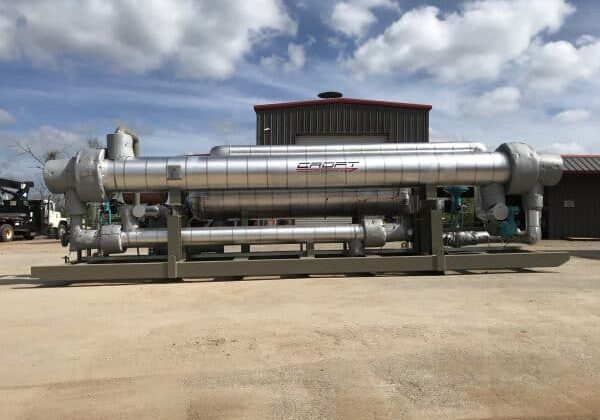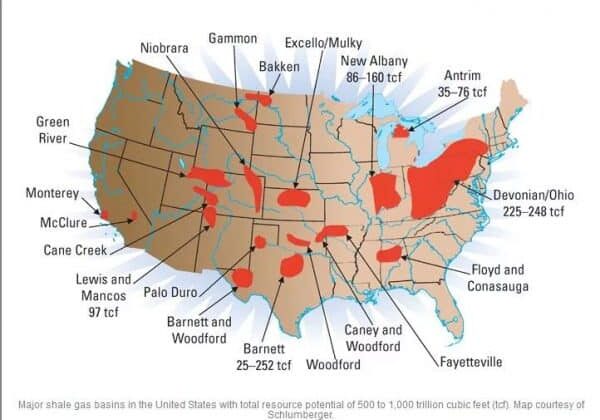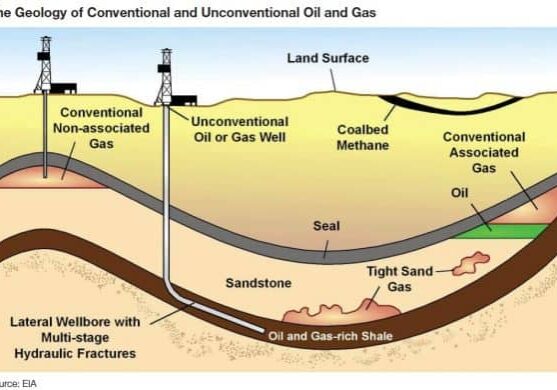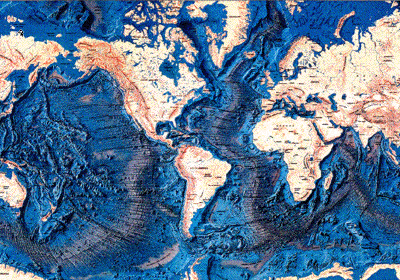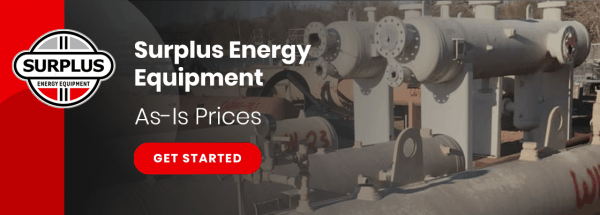The oil & gas industry is massive. There are a multitude of different businesses & jobs that must be preformed to get the oil & gas from under the ground to the consumer. Luckily this massive industry can be broken into three chronological sectors; upstream, midstream & downstream.
So what is the upstream sector?
Upstream is commonly known as the exploration & production (E&P) section. It covers all activities related to searching for, recovering & producing crude oil &/or natural gas from underground or underwater fields. This sector covers the drilling of exploratory wells & subsequently drilling & operating the wells that recover & bring the crude oil/or raw gas to the surface
Exploration
- Conducting the geological & geophysical (G&G) surveys required to explore possible sites
- Includes searching for potential underground or underwater crude oil & natural gas fields
- Involves obtaining leases & permissions from the land owners to drill
- Conduct geological & geophysical (G&G) surveys required to explore
- G&G surveys can be uncertain so drilling one or more exploratory well may happen, which can become very costly
Production
- Being as efficient & cost effective as possible with materials, time & labor in the recovery of the oil & gas.
- Gathering and short term storage of the oil & gas
- Plug & abandonment, which marks the end of a well, can be anywhere from a few months to decades later, depending on the size of the underground/water field
The business side of the upstream section is complex & risky. It is truly high risk, high reward situation. It is greatly affected by outside forces like political instabilities in the US or abroad, international conflicts, & even seasonal weather patterns. This sector is highly regulated by governments & environmental entities. The technology is continuously growing & changing because of these regulations. The oil & gas industry is always looking for hardworking, skilled workers in all fields to keep up with these changes.
The upstream sector is arguably the most complex of the up, mid and downstream sectors. However, the boundaries between the three sectors can become blurred & not clearly defined.
References:
http://www.ektinteractive.com/introduction-oil-gas/what-is-upstream/

